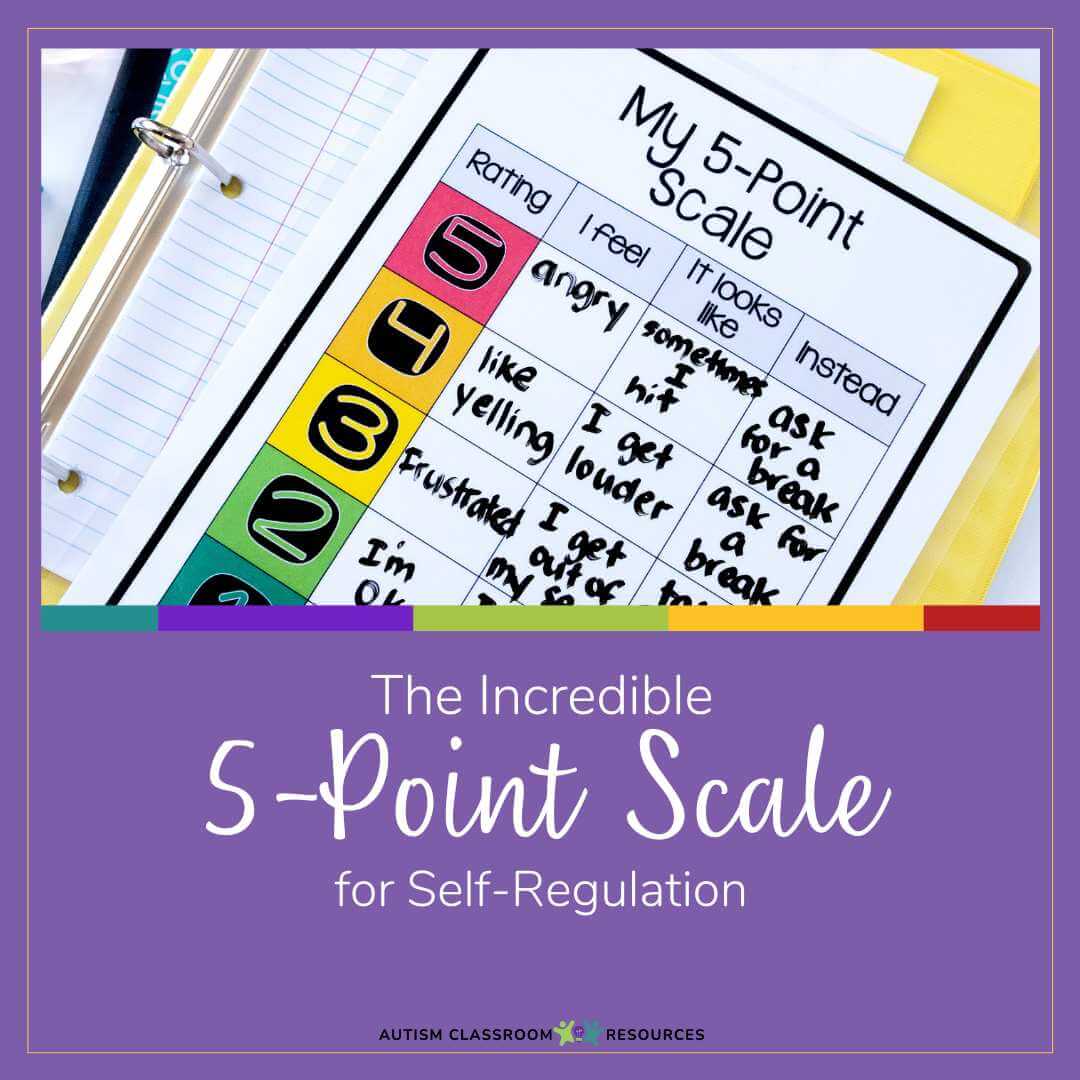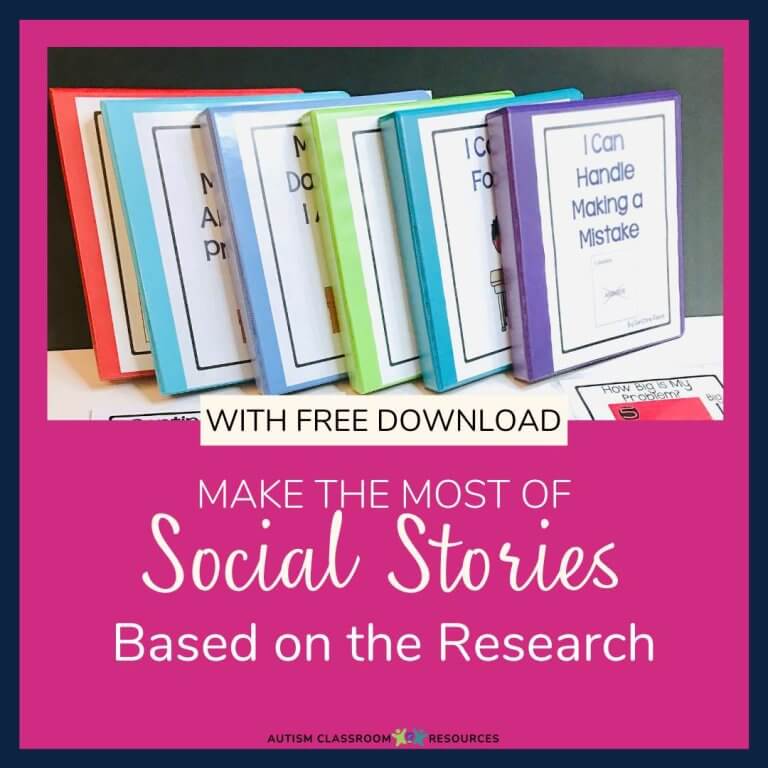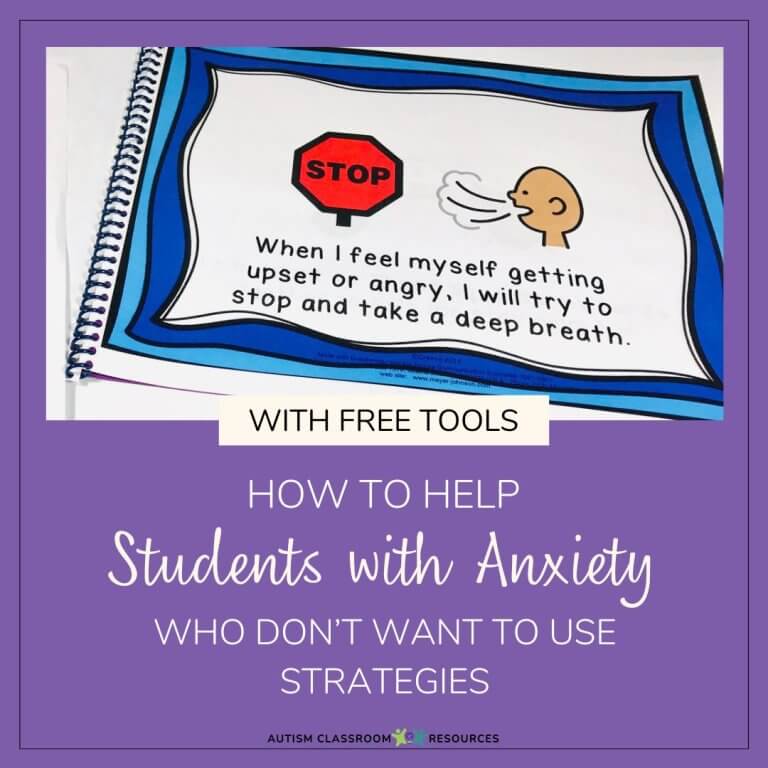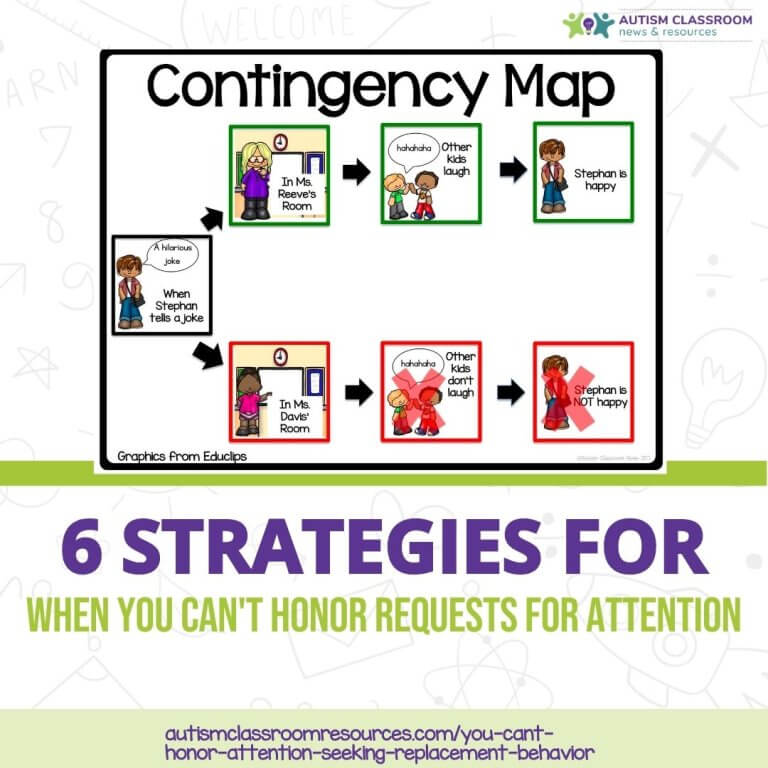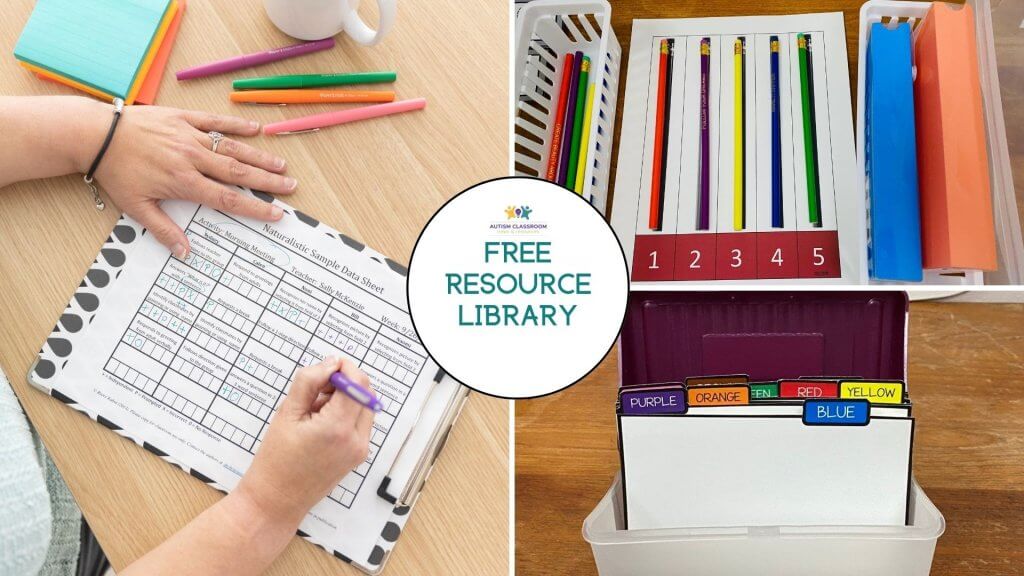What’s Inside?
Have you ever used the Incredible 5-Point Scale? This is a very simple tool that can be used to teach self-regulation. It was originally designed for children with autism, but it is highly effective with anybody of any age. It’s simply a 5-point scale for regulating. It was created by Kari Dunn Buron who describes herself as a pretty good teacher from Minnesota.
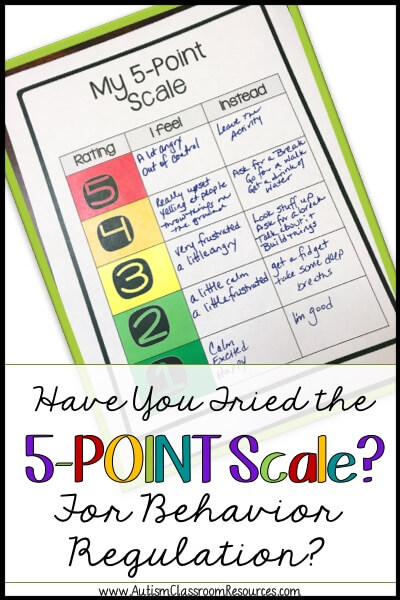
Although I have not found specific research conducted on the scale itself, it is a form of self-management and similar to other self-management strategies. Self-management is considered an evidence-based strategy by the National Professional Development Center on Autism Spectrum Disorders. In addition, it’s a great replacement behavior for challenging behavior.
Consequently, as a tool for implementing self-management, it would be considered evidence-based and you can learn more about self-management strategies in general through the AFIRM modules.
This post includes affiliate links. That means if I recommend a resource, I may gain a small commission. You will get, at no extra cost, a resource that can help you in your classroom. See my disclosure statement for more information.
What is the 5-Point Scale?
The 5-point scale is exactly what it sounds like. A 5-point scale that is developed to help an individual understand and learn when emotions, voices, or whatever you are moderating is getting out of control. It can be developed by the teacher or parent or as a collaboration between the teacher / parent and the individual with autism (or other behavioral issues). I have used it successfully from kindergarten through high school. And many times I think it might be useful for some “typical” adults.
Anger Management Tool
The example below was developed for a student who had difficulty managing anger. A 1 meant everything was fine and 5 meant he was hitting, screaming and crying. The goal was to try to recognize that he was a 2 or a 3. Then he needed to learn to bring the anger level down before it reached a 5. To do this he could take a break, do some deep breathing, or other strategies we had rehearsed with him when he was calm.
Why I Like the 5-Point Scale for Teaching Self-Regulation
- Simplicity: How difficult is it to break something down into 5 levels. I have also simplified it with younger children or individuals with more cognitive difficulties to a 3 point scale. I would recommend, if you simplify it, to simplify it as 1, 3, and 5 so that later you can add 2 and 4 if needed. However, I have had folks who used a 3-point scale in the same manner.
- Objectivity. By rating feelings and behaviors as numbers, they aren’t labeled as good and bad. Being angry isn’t bad and we all have been angry. It’s what we do to express that anger and manage that anger that matters. The 5-point scale helps individuals with difficulty learn how to manage it in an appropriate way.
- Flexibility. This one scale of 5 levels can be used for a wide variety of emotional management, voice levels, anxiety and even understanding other’s behavior and social awareness.
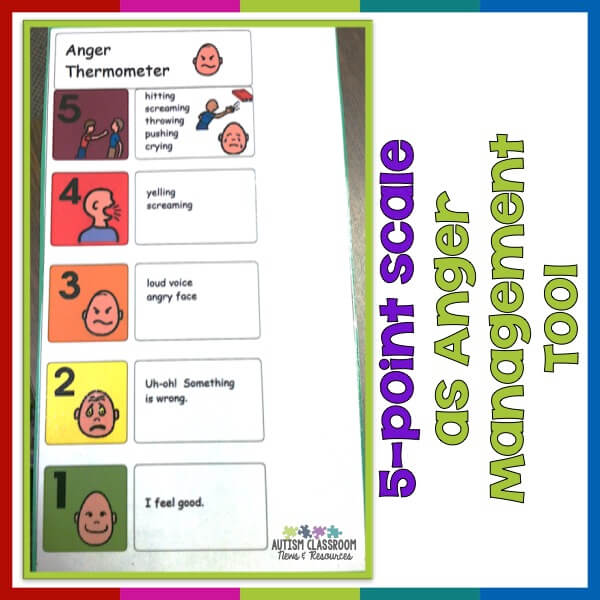
- Easy to Use. The 5-point scale, once a student has learned it, gives caregivers and students a shorthand to talk about feelings. I know teachers who model, “I’m feeling like a 3, I better take a break.” And the scale gives the opportunity to just say to the individual, “How are you feeling?” and he or she can respond with a number. Then no one around him has to know what that means and he doesn’t have to generate much language to express feelings of distress.
- Link What to Do with How You Feel. You can use the scale to help students link how they feel with actions to try to reduce their level of stress, anger, voice volume, anxiety, etc. Simply use one of the columns to write actions in. You can have the student generate them with you to talk about it as well.
Resources
- The Incredible 5-Point Scale site: Kari’s site has lots of downloadable materials and examples if you look under Downloadables.
- I will pin examples of the scale on my Pinterest board for Autism Behavior Support, so you will find examples there.
Looking to Use a Version of the 5-Point Scale? Find some in these 2 products in my store here or on TpT.
Shop the Post
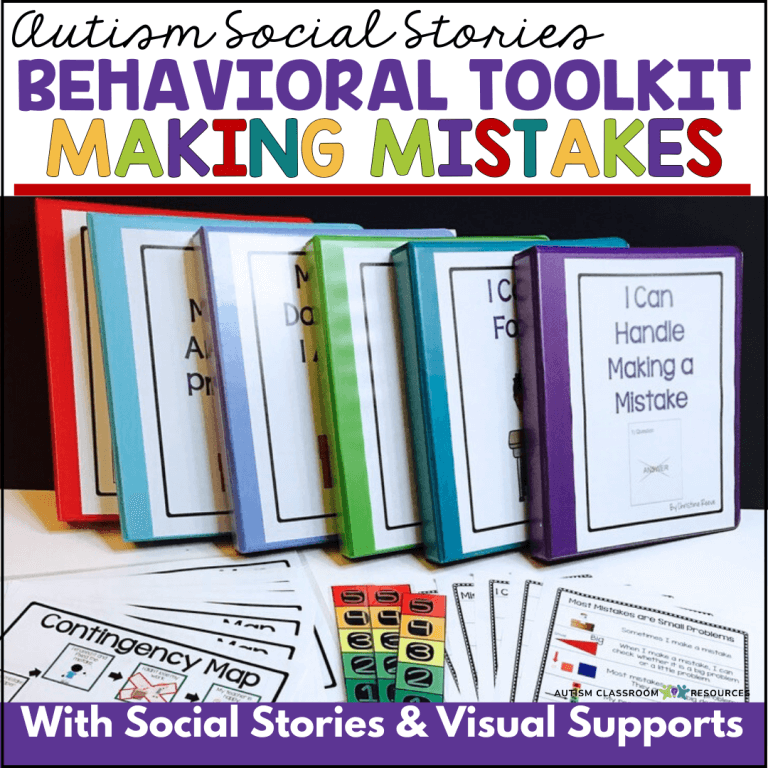
Making Mistakes Social Stories and Toolkit for Behavioral Self-Regulation
Help your students navigate mistakes and frustration with these social stories and behavioral self-regulation tools! This resource is designed to support students in staying calm,
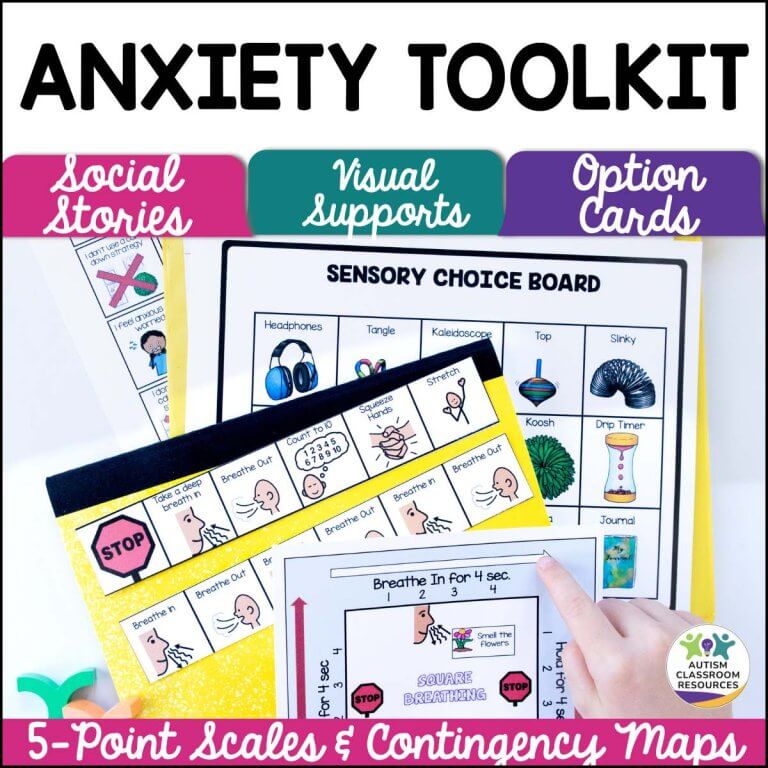
Managing Anxiety with Coping Skills, Social Stories, & Visuals Supports for Self-Regulation
Are your students struggling with anxiety-driven behaviors? This Managing Anxiety Toolkit is designed to help them build self-regulation skills through social stories, relaxation techniques, and

